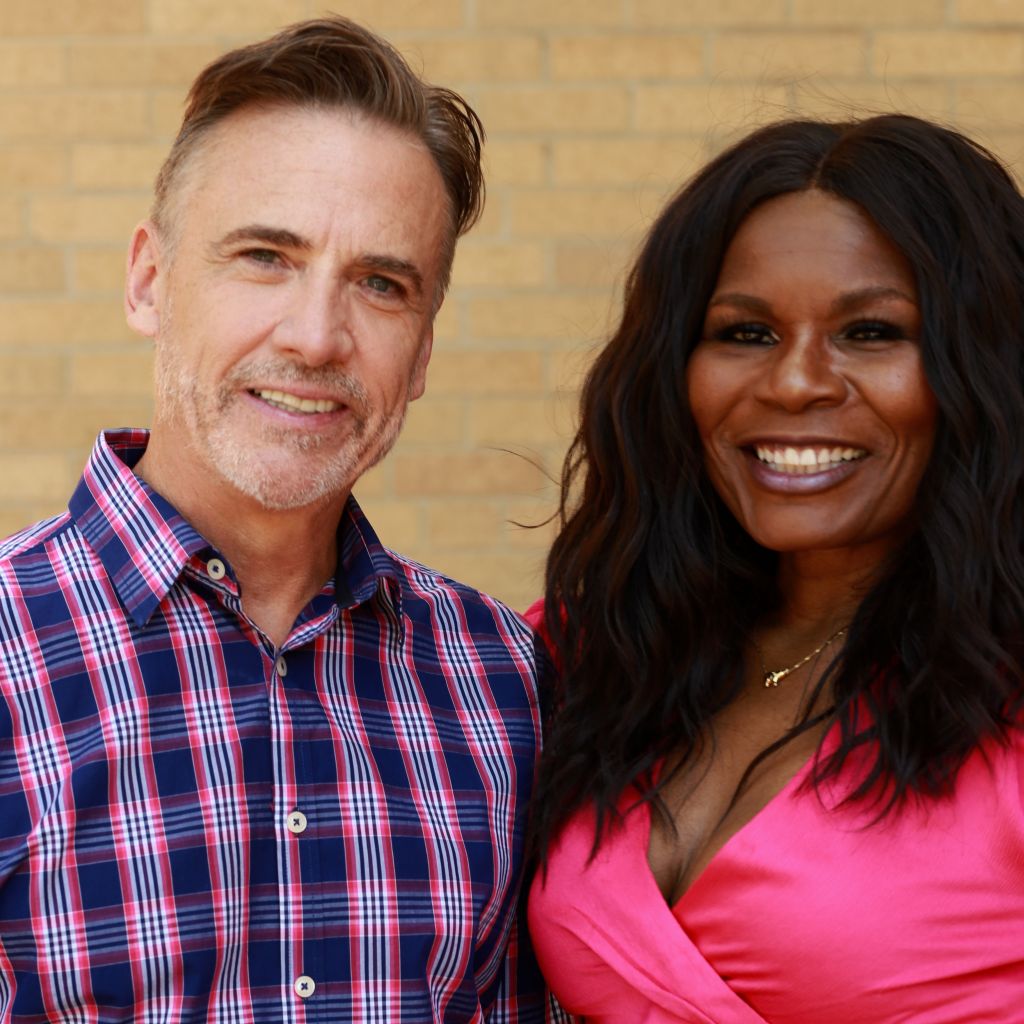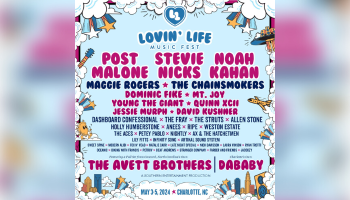
Source: John M Lund Photography Inc / Getty
The answer is….Nope.
Believe it or not, the countries with the highest rates of osteoporosis are the ones where people drink the most milk and have the most calcium in their diets. These countries are also the ones with the highest rates of bone fractures. Osteoporosis is very preventable because it is largely a function of lifestyle habits. Additionally, it IS possible to build bone mass even after it has occurred. The connection between calcium consumption and bone health is actually very weak (see what I did there?), and the connection between dairy consumption and bone health is almost non-existent. Fun fact: 99% of the calcium in our body is found in the teeth and bones. It is necessary for bone structure, strength, proper nerve function, muscular contraction, and blood clotting. If your body is not getting enough calcium, it “borrows” calcium from the bones. (I will keep reminding you how smart the body is)This is when osteoporosis becomes a thing. There are MANY things that cause the body to drain calcium from the bones: smoking, alcohol consumption, caffeine, soda, meat and dairy consumption, refined salts and sugars, antacids, excess protein, lack of exercise and lack of sunlight. It may surprise you to see dairy on this list. That is because the dairy industry wants to, and has always wanted to, make you think you need their product. The United States is one of the largest consumers of dairy products on the planet and the incidence of osteoporosis is among the highest on the planet. Hmmmmm. I’ll give you a minute to think about that. The dairy industry has done an excellent job pushing their products; however, research now shows that cow’s milk is linked to allergies, asthma, constipation, bowel disorders, Type 1 diabetes, anemia, and even levels of autism.
To make matters worse (and weird if you think about it), humans are the only mammals that drink another mammal’s milk. Kinda gross right? Would you drink hippopotamus milk? Would you drink buffalo milk? How about a big ole glass of rhinoceros milk? You see where I’m going with this.
ALSO READ: Holly Haze Talks the Importance of Water
All baby mammals start off drinking their OWN mammal milk. A mother’s milk contains all the vitamins, nutrients and antibodies to give a baby the best start in life. However, as baby mammals grow, they become intolerant to the lactose in milk and once weaned they NEVER drink it again. Humans are the only exception within the mammal population that is able to consume milk into adulthood (although even some of us have a normal and natural lactose intolerance), but like all mammals, our bodies simply aren’t designed for it. Sometimes humans aren’t the smartest of the mammalian kingdom ;).
Get Breaking News & Exclusive Contest in Your Inbox:
Also, each mammalian species has its own milk formula and cow’s milk is no exception. For example, cow’s milk contains on average three times the amount of protein than human milk, which is perfect for a baby cow but arguably not so good for humans who require a different composition of nutrients. Duh
IF (and this is a BIG IF with many) you are getting calcium with a proper diet, then supplementation is not necessary. So how much calcium do you need every day and what are the BEST sources? Well that depends on your age and sex. It used to be recommended that the upper limit for calcium is 2,500 mg a day for adults 19 to 50. For those 51 and older, the limit is 2,000 mg a day. The World Health Organization’s recommendation of 500 mg is probably about right. That’s probably because our body can only absorb 500 mg at a time! So the huge capsules you are swallowing are probably a huge waste of money, as most synthetic vitamins tend to be.
ALSO READ: One Healthy Change with HollyHaze
Ok, you know where I’m going with this…it’s best to get your nutrients via WHOLE FOODS. That way your body is getting the micronutrients throughout the day. Here are some great ways to get calcium via FOOD. Dark leafy vegetable top of the list: collard greens, kale, broccoli and bok choy. (By the way these all have more calcium than a glass of milk). You can also find calcium in molasses, soybeans, oranges, and figs. Calcium is also found in bony fish.
Take away advice: Your SMART body was built to last a long time….for as long as you do, providing you take proper care of it. Quality of life depends on retaining strength, flexibility and mobility as we age. The investment you make in dietary AND lifestyle changes NOW will pay off later.
The Latest:
- Sorry, Labradors. After 31 years, America has a new favorite dog.
- Johnny Depp Will Return To Acting
- Leonardo DiCaprio To Play Frank Sinatra In New Biopic
- The Top Three Things to Eat When You Need an Energy Boost
- Travis Kelce Officially Named Host Of ‘Are You Smarter Than A Celebrity?’
- Katy Perry Wants Jelly Roll To Replace Her on ‘American Idol’
- Billie Eilish Makes Surprise Guest Appearance at Coachella
- Happiness Hack: Try Hugging Yourself for 20 Seconds a Day
- 83% of Cat Owners Don’t Know How Many Toes Their Cat Has
- The Meaning Behind The Name Of Taylor Swift’s New Album
















